Owning a swimming pool is a great relief especially in the hot summer days when the sun is at rise slapping its rays straight on your face. Public swimming pools are always crowded and nobody likes waiting in the queue. At the same time, building a private pool in your backyard will also create a big hole in your pocket. Here, an Above Ground Pool comes to rescue.
These are much less expensive than building an in-ground pool in your backyard and provides a lot of conveniences. It also comes handy when you are living on rent and want to move out to a different place. An above-ground pool comes in a variety of different shapes and sizes and you can pick on as per your need.
While this pool saves you a lot of time, hassle, and money in summer, it becomes a nightmare at the end of the season. You must protect the above ground pool from getting damaged in the winter season since it is an investment you expect to last you several seasons.
You must prepare it for the winter properly and in the hustle and bustle of daily life it is something which most of you may avoid so, we are here to help. Closing the above ground pool can be a very simple and seamless process. You just have to follow our step by step guide and it will make sure your pool is completely safe for the next season.
Why is it Important?
But first, let us talk about what is really important to close your swimming pool? Why can’t we just leave it open as it is?
Well, in some countries the winter is very harsh and imbalanced water which will freeze up to ice might cause some serious damage to your filter system. The wind will also cause minor damage to the pool wall and thus it is important that you properly prepare the above ground pool, this will also reduce some future stress while setting up the pool for the next spring.
We must maintain a proper level of water in the above ground pool, make use of chemicals and a pool cover to safeguard your investment. There are several things you must consider and try to avoid some of the common mistakes.
Most of the things are available in this article so stick to the end also before starting there’s just one more thing to take into consideration and it is the right time to close the swimming pool.
When to Close the Pool?
So, when is the right time to close the above ground pool? Generally, you would want to close the above ground pool whenever required, the reason can be anything.
In another case, you may want to close the swimming pool at the end of the season. When the temperature starts dropping below 60 Degrees Fahrenheit you surely don’t wanna step into the cold water.
We recommend you to close your above ground pool sometime in September and reopen it again in the month of March.
Steps on Closing Above Ground Pool
Now let’s just move on to step by step guide of properly closing your above ground swimming pool. This guide requires several different processes to follow and each of them has its own importance.
Cleaning the Pool
Right before closing the pool you must perform a deep clean. You must use a vacuum to suck out all the dust, debris or leaves which settle down at the bottom of the pool. After that brush the interior to remove the dirt lingering on the surface. Having a clean pool will prevent the chance of algae growth and the more you clean it now the lower you have to clean it in the next season when you reopen it.
Removing the Water
One of the common concerns people have regarding closing the pool is whether you should completely drain the water or keep some water in it. So the simple answer for this is – No, you should not completely drain the water and keep it below your filter level. In this way, you will protect the filter from getting damaged from cold water and you can add some chemicals in the water to keep the pool algae free.
Adding Chemicals
The next step is to add some chemicals to the water. This will prevent the growth of algae inside the walls of the swimming pool. You can buy chemical kits available in the market or buy them individually. However, make sure that you select the kit as per the size of your swimming pool.
Preparing Filter and Pump
Along with the chemical kit, you can buy a pump protector. You can apply it through the skimmer and let the pump run for about 10 seconds. Now shut off the pump and let it be for around one hour. This method will protect them from corrosion and also protect them from chemicals that we added previously.
Now to prepare the filter for hibernation throughout the season you should first disconnect it from the filter hoses and then drain and clean the filter. You can now store it indoors. Apart from this, you can also use a filter cleaner and soak the filter in it for around 24 hours before storing it for the winter.
Covering the Pool
Now that everything is done, it’s finally time to close the swimming pool. You can buy a pool cover depending upon the size of your pool and secure it in place using cover clips, cables, and locking winch. You should cover the pool tightly and make sure the harsh winter wind doesn’t blow it away. Some manufacturers also include the pool cover along with the accessory package.
Conclusion
Closing the above ground pool is very simple, you just have to follow some basic instructions and you are good to go for the winter season. Remember, if you have any doubts regarding your above ground pool then don’t hesitate to leave them in the comments below. We will try to get back to you with the proper solution. We will be back with another update very soon. Until then .. Bye!!


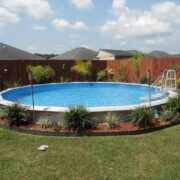
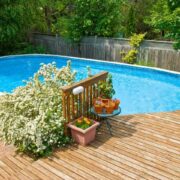
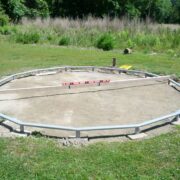
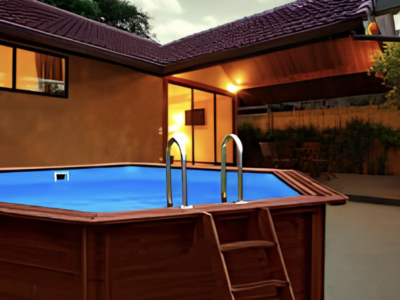
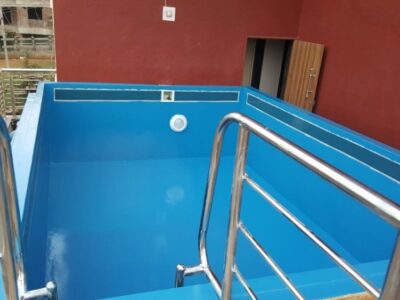
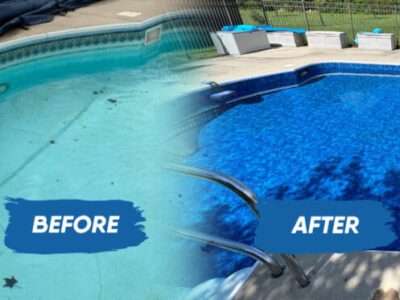

Comments